搭建spring、Struts2、hibernate三大框架的环境
这里分两部分来讲:一、用myeclipse 2014 快速搭建环境,非常快捷, 大部分配置文件信息系统都帮我们写好,建议老手使用
二、手动搭建环境,包括配置文件的手工编写,jar 的引入 etc
使用myeclipse插件搭建环境
1、新建web 工程(这个不会可以不用往下看了)
2、使用myeclipse插件
一、添加spring 框架
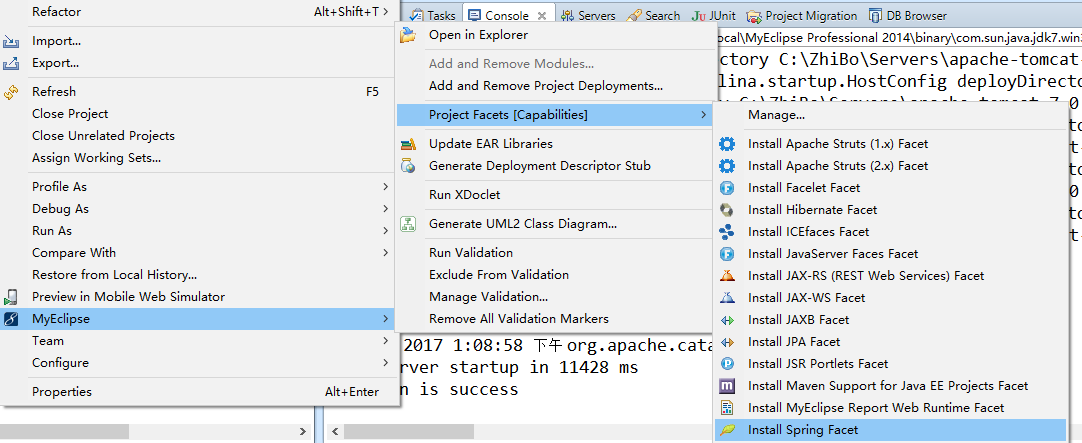
①版本信息:
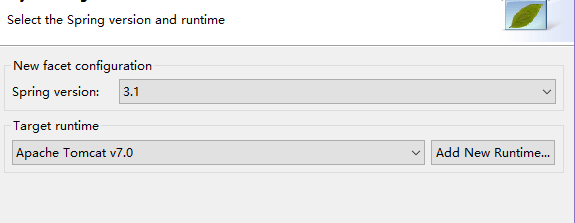
② applicationContext.xml 文件生成位置,直接默认就可以

③ 选择jar 简单的可以使用默认就可以
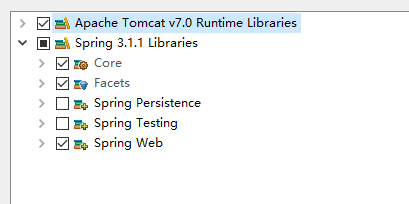
④ 点击finish
二、添加Struts 2 框架
1、同上操作

2、依旧默认
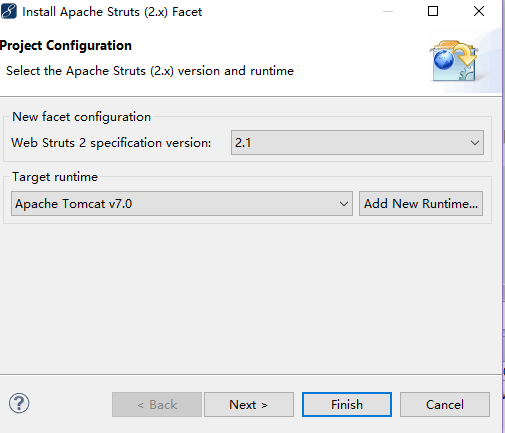
3、选择过滤器过滤的请求的种类
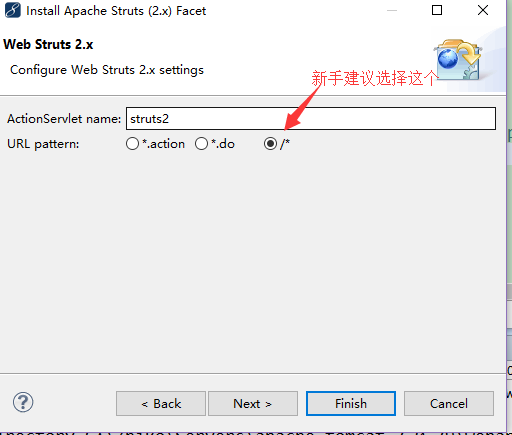
4、jar信息同上,默认就可以

三、添加hibernate 框架

1、版本信息
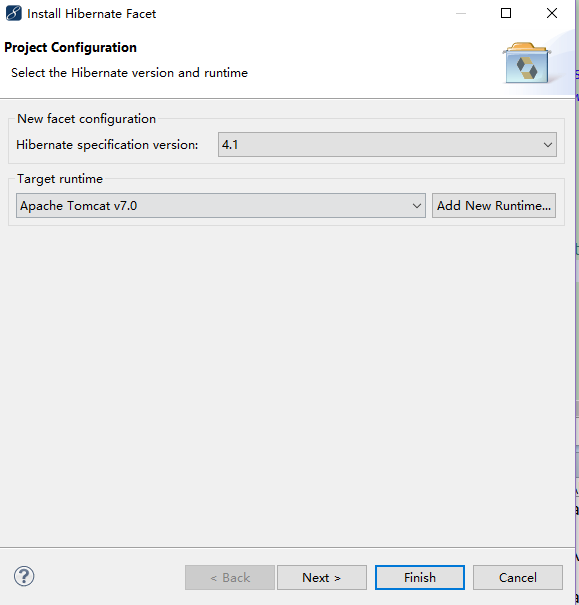
2、hibernate配置文件,以及sessionfactory的新建位置
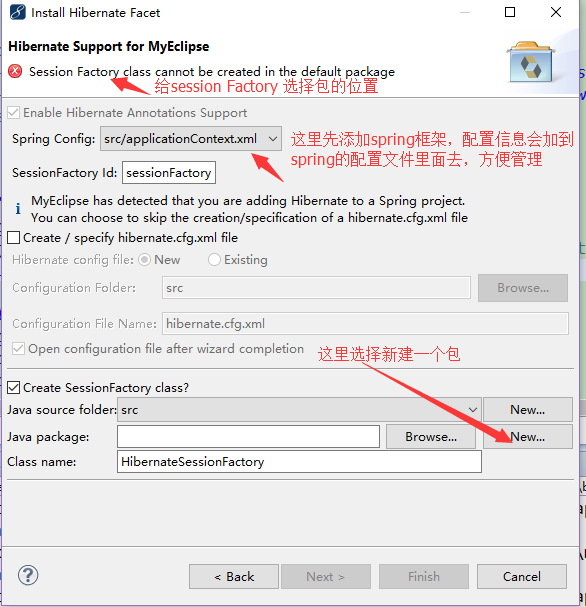
3、选择数据源,如果不懂可以参照我这篇文章的内容
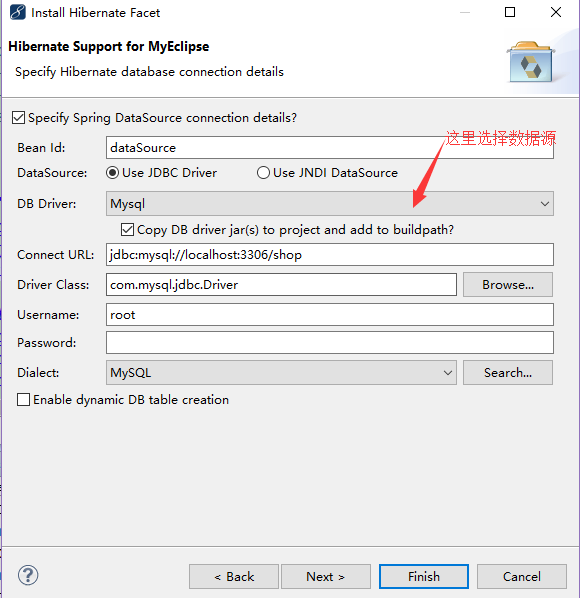
4、jar 默认即可 finish
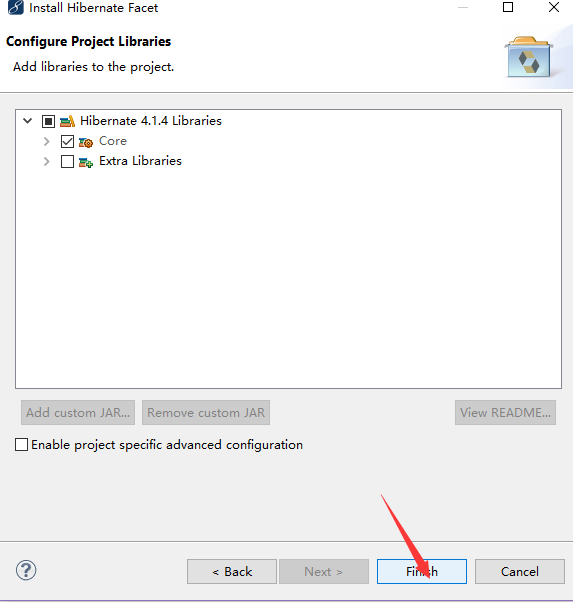
以上就搭建好了一个完整的ssh框架。
纯手工搭建ssh环境,新手建议这样尝试操作。这里讲的可能更好,因为使用比较好的方法去自行配置
一、搭建spring框架 和hibernate框架:
1、把jar 包copy到WEB-INF 目录下面的 lib 下,这些需要的包
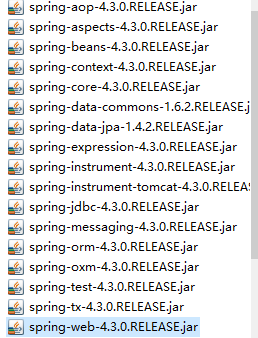
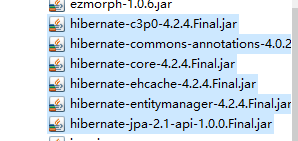
2、在src目录下添加applicationContext.xml
<?xml version="1.0" encoding="UTF-8"?>
<beans xmlns="http://www.springframework.org/schema/beans"
xmlns:xsi="http://www.w3.org/2001/XMLSchema-instance"
xmlns:context="http://www.springframework.org/schema/context"
xmlns:aop="http://www.springframework.org/schema/aop"
xmlns:tx="http://www.springframework.org/schema/tx"
xsi:schemaLocation="http://www.springframework.org/schema/beans
http://www.springframework.org/schema/beans/spring-beans.xsd
http://www.springframework.org/schema/context
http://www.springframework.org/schema/context/spring-context-4.0.xsd
http://www.springframework.org/schema/aop
http://www.springframework.org/schema/aop/spring-aop.xsd
http://www.springframework.org/schema/tx
http://www.springframework.org/schema/tx/spring-tx-4.0.xsd
http://www.springframework.org/schema/context
http://www.springframework.org/schema/context/spring-context-4.0.xsd">
<!--引入db.properties -->
<context:property-placeholder location="classpath:db.properties"/>
<!-- 配置自动扫描的包 --><!-- 这个需要使用注解的方式注入属性 -->
<context:component-scan base-package="com.lzb.shop">
<context:exclude-filter type="annotation" expression="org.springframework.stereotype.Controller"/>
<context:exclude-filter type="annotation" expression="org.springframework.web.bind.annotation.ControllerAdvice"/>
</context:component-scan>
<!-- 配置数据源 -->
<bean id="dataSource"
class="com.mchange.v2.c3p0.ComboPooledDataSource">
<property name="user" value="${jdbc.user}"></property>
<property name="password" value="${jdbc.password}"></property>
<property name="driverClass" value="${jdbc.driverClass}"></property>
<property name="jdbcUrl" value="${jdbc.jdbcUrl}"></property>
</bean>
<!-- 配置sessionFactory -->
<bean id="sessionFactory"
class="org.springframework.orm.hibernate4.LocalSessionFactoryBean">
<property name="dataSource">
<ref bean="dataSource" />
</property>
<property name="hibernateProperties">
<props>
<prop key="hibernate.dialect">org.hibernate.dialect.MySQLDialect</prop>
<prop key="hibernate.hbm2ddl.auto">update</prop><!-- 配置自动产生数据表 -->
<prop key="hibernate.show_sql">true</prop><!-- 是否显示sql -->
<prop key="hibernate.format_sql">true</prop><!-- 格式化sql -->
<prop key="hibernate.cache.use_second_level_cache">true</prop><!--开启二级缓存-->
<prop key="hibernate.cache.region.factory_class">org.hibernate.cache.ehcache.EhCacheRegionFactory</prop><!--缓存区工厂类-->
<prop key="hibernate.cache.use_query_cache">true</prop><!-- 使用query-->
</props>
</property>
<!-- 用注解的方式产生数据表 -->
<property name="annotatedClasses">
<list>
<value>com.lzb.shop.entity.Picture</value><!--对应你的实体类-->
</list>
</property>
<!-- 用 hbm.xml 文件的方式产生数据表 -->
<!--
<property name="mappingResources">
<list>
<value>com/lzb/shop/entity/User.hbm.xml</value> 对应你的实体类映射文件
</list>
</property>
-->
</bean>
<!-- 注入sessionFactory -->
<bean id="transactionManager"
class="org.springframework.orm.hibernate4.HibernateTransactionManager">
<property name="sessionFactory" ref="sessionFactory" />
</bean>
<!-- 开启注解事务-->
<tx:annotation-driven transaction-manager="transactionManager" />
<!-- 配置user action -->
<bean id="indexAction" class="com.lzb.shop.controller.IndexAction"></bean>
<bean id="shopAction" class="com.lzb.shop.controller.ShopAction"></bean>
<bean id="productAction" class="com.lzb.shop.controller.ProductAction"></bean>
</beans>
这里建议测试一下有没有搭建成功:
1、推荐使用Junit Test
import org.hibernate.SessionFactory;
import org.springframework.context.ApplicationContext;
import org.springframework.context.support.ClassPathXmlApplicationContext;
ApplicationContext cxt = new ClassPathXmlApplicationContext("applicationContext.xml"); SessionFactory sessionFactory = (SessionFactory)cxt.getBean(SessionFactory.class); System.out.println(sessionFactory.openSession());
如果打印无误就是成功,能够得到session 对象
2、测试能够自动产出数据表
①、写一个实体类
package com.lzb.shop.entity;
import javax.persistence.Column;
import javax.persistence.Entity;
import javax.persistence.GeneratedValue;
import javax.persistence.Id;
import javax.persistence.Table;
/**
*
* @ClassName Picture
* @description
* @author Enzo
* @date 2017年8月31日
*/
@Table(name="picture")
@Entity
public class Picture {
private Integer id;
private String userName;
private String imgName;
private String imgPath;
private String imgType;
private String upTime;
private String imgDetial;
@Id
@GeneratedValue
@Column(name="ID",unique=true,nullable=false,length=4)
public Integer getId() {
return id;
}
public void setId(Integer id) {
this.id = id;
}
@Column(name="USERNAME",length=10)
public String getUserName() {
return userName;
}
public void setUserName(String userName) {
this.userName = userName;
}
@Column(name="IMGNAME",length=20)
public String getImgName() {
return imgName;
}
public void setImgName(String imgName) {
this.imgName = imgName;
}
@Column(name="IMGPATH",length=50)
public String getImgPath() {
return imgPath;
}
public void setImgPath(String imgPath) {
this.imgPath = imgPath;
}
@Column(name="IMGTYPE",length=20)
public String getImgType() {
return imgType;
}
public void setImgType(String imgType) {
this.imgType = imgType;
}
@Column(name="UPTIME")
public String getUpTime() {
return upTime;
}
public void setUpTime(String upTime) {
this.upTime = upTime;
}
@Column(name="IMGDETIAL",length=100)
public String getImgDetial() {
return imgDetial;
}
public void setImgDetial(String imgDetial) {
this.imgDetial = imgDetial;
}
}
②、再次运行Junit,进入Navicat
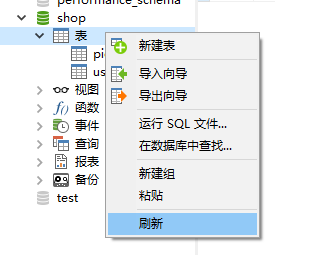
刷新观察有没有出现数据表,出现则测试成功
二、添加Struts2框架
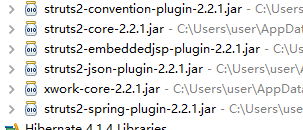
需要以上jar
1、在src 目录下创建一个struts.xml 配置文件
<?xml version="1.0" encoding="UTF-8" ?> <!DOCTYPE struts PUBLIC "-//Apache Software Foundation//DTD Struts Configuration 2.1//EN" "http://struts.apache.org/dtds/struts-2.1.dtd"> <struts> <!-- 开启开发者模式,作用,页面中报错信息会更加详细,默认false --> <constant name="struts.devMode" value="true" /> <!-- 指定由spring负责action对象的创建(必选) --> <constant name="struts.objectFactory" value="spring" /> <package name="index" namespace="/" extends="struts-default"> <action name="index" class="indexAction"> <result name="index">WEB-INF/index.html</result> </action> </package> <!-- shop 相关的action --> <package name="shop" namespace="/" extends="struts-default"> <action name="shop" class="shopAction"> <result name="shop">WEB-INF/category.html</result> </action> </package> </struts>
这样差不多就可以了
写一个action 测试
package com.lzb.shop.controller;
import org.springframework.beans.factory.annotation.Autowired;
import com.lzb.shop.service.IndexService;
public class IndexAction{
@Autowired //这里用了注解自动注入了indexService
private IndexService indexService;
public String execute(){
String str = indexService.getStr();
System.out.println(str);
return "index";
}
}
能进入对应的页面说明成功
感谢您的阅读!有问题欢迎留言询问,经常在博客园,相信能够及时回答您的问题。